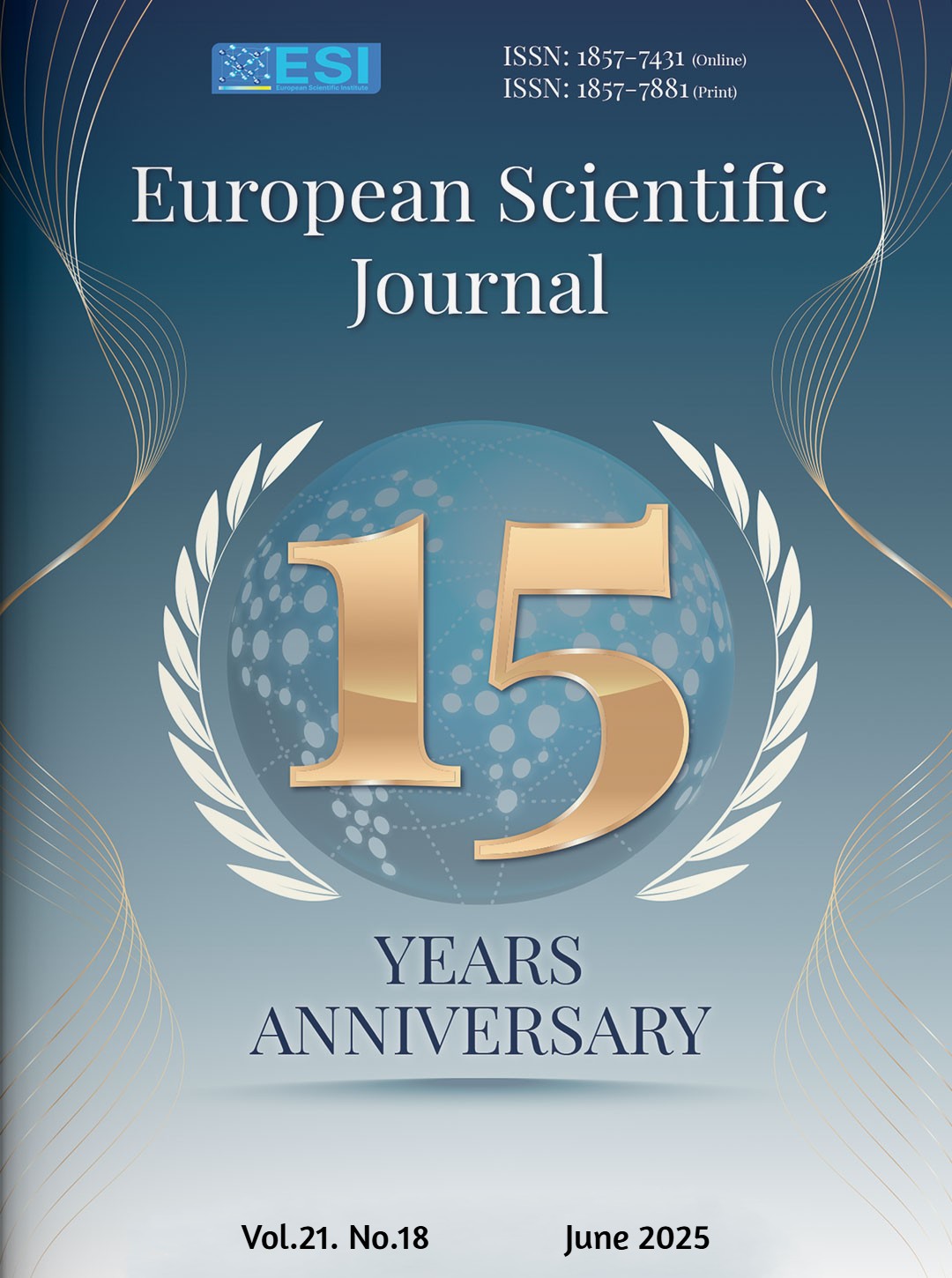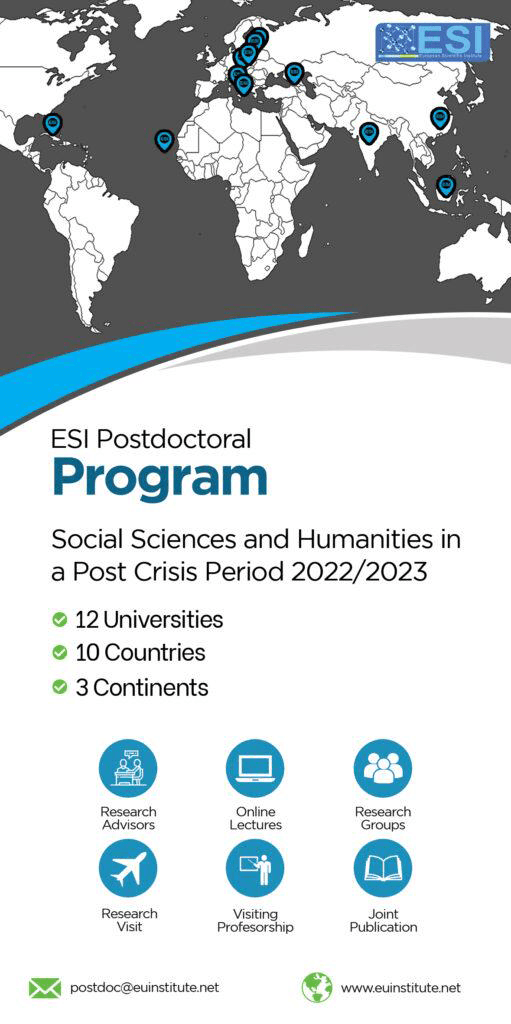Injections du plasma riche en plaquettes (PRP) dans la gonarthrose : expérience d'un service de médecine interne/rhumatologie en Afrique subsaharienne
Abstract
Introduction : Le plasma riche en plaquettes (PRP) se définit comme une fraction plasmatique issue du sang autologue qui possède une concentration en plaquettes au-dessus de la normale. Ces dernières années, le recours aux injections de PRP pour traiter la gonarthrose a considérablement augmenté. L’objectif de cette étude préliminaire et transversale était d’évaluer les résultats du traitement de11 patients ayant la gonarthrose par des injections de PRP. Patients et méthode : Il s’agissait d’une étude transversale descriptive sur une période de 6 mois allant du 1er janvier 2023 au 30 juin 2023. Elle portait sur les patients suivis au service de Médecine Interne / Rhumatologie du CHN Dalal Jamm pour gonarthrose chez qui une injection de PRP était indiquée. Résultats : Le nombre de patients recruté était de 11. Huit (8) cas étaient bilatéraux. L’âge moyen des patients était de 53 ans avec des extrêmes de 28 et 80 ans. Le sexe masculin prédominait avec un sex-ratio de 1,2. Les patients hypertendus étaient au nombre de 5 et le diabète était retrouvé 4 fois. La gonarthrose était de siège fémero-tibial interne (FTI) dans 63% des cas. La gonarthrose évoluait en moyenne depuis 5 ans avec un écart type 1.21. Les patients avaient reçu 1 à 2 injections de PRP. Aucun incident ou accident n’a été noté. Amélioration de la douleur après injection du PRP a été noté sur L’EN moyenne 3.5/10 avec l’écart type de 1.32 versus 7,7/10 avec l’écart type 3.21 avant traitement et 3,5 sur 10. Conclusion : Le PRP est une thérapie qui a fortement émergé ces dernières années en raison de sa réussite en améliorant la douleur et fonction articulaire. Ses indications se sont vite étendues au traitement de la pathologie arthrosique, notamment la gonarthrose. Des études plus larges sur les populations permettrons de mieux définir sa place dans la stratégie thérapeutique de la gonarthrose.
Introduction: Platelet-rich plasma (PRP) is defined as a plasma fraction derived from autologous blood that has an above-normal platelet concentration. In recent years, the use of PRP injections to treat knee osteoarthritis has increased significantly. The objective of this preliminary, cross-sectional study was to evaluate the results of treating 11 patients with knee osteoarthritis with PRP injections. Patients and Methods: This was a descriptive cross-sectional study over a 6-month period from January 1, 2023, to June 30, 2023. It included patients treated at the Internal Medicine/Rheumatology Department of the Dalal Jamm CHN for knee osteoarthritis for whom a PRP injection was indicated. Results: Eleven patients were recruited. Eight (8) cases were bilateral. The mean age of the patients was 53 years, ranging from 28 to 80 years. The male sex predominated, with a sex ratio of 1.2. Hypertensive patients were present in five cases, and diabetes was present in four cases. Knee osteoarthritis was located in the medial femoro-tibial (MT) region in 63% of cases. The knee osteoarthritis had been progressing for an average of five years. Patients had received one to two PRP injections. No incidents or accidents were noted. With PRP injections, the mean NE decreased from 7.7 to 3.5, and an improvement in function was noted in all patients. Conclusion: PRP is a therapy that has emerged strongly in recent years due to its success in improving pain and joint function. Its indications have quickly expanded to the treatment of osteoarthritis, particularly knee osteoarthritis. Larger population studies will help better define its role in the treatment strategy for knee osteoarthritis.
Downloads
Metrics
PlumX Statistics
References
L’apport du plasma riche en plaquette dans la gonarthrose, étude prospective à propos de 45 cas. Révue rhumatisme. 2017; 83 : A 213
2. Idrissi Ouali. O, El Menzouar. I, Maiouak .M, Akasbi. N, Harzy.T. Profil épidémiologique et caractéristique de la gonarthrose gériatrique et non gériatrique. Révue rhumatisme.2023 ; 90 : A253-A254.
3. Guillemin F, Rat A-C, Roux CH, Fautrel B, Mazieres B, Chevalier X, et al. The KHOALA cohort of knee and hip osteoarthritis in France.
Joint Bone Spine. 2012;79(6):597‑603.
4. Zhang W, Nuki G, Moskowitz RW, Abramson S, Altman RD, Arden NK, et al. OARSI recommendations for the management of hip and knee osteoarthritis: Part III: changes in evidence following systematic cumulative update of research published through January 2009.
Osteoarthritis and Cartilage. 2010;18(4):476‑499.
5. Belayachi B. L’intérêt du Plasma Riche en Plaquettes (PRP) dans la prise en charge de la gonarthrose : expérience du service de traumato- orthopédie à l’hôpital militaire Avicenne de Marrakech. Faculté de médecine et de pharmacie de Marrakech;
6. Patel S, Dhillon MS, Aggarwal S, Marwaha N, Jain A.
Treatment with platelet-rich plasma is more effective than placebo for knee osteoarthritis: a prospective, double-blind, randomized trial.
Am J Sports Med. 2013; 41(2):356‑364.
7. Vaquerizo V, Plasencia MÁ, Arribas I, Seijas R, Padilla S, Orive G, et al.
Comparison of intra-articular injections of plasma rich in growth factors (PRGF-Endoret) versus Durolane hyaluronic acid in the treatment of patients with symptomatic osteoarthritis: a randomized controlled trial. Arthroscopy. 2013;29(10):1635‑1643.
8. Görmeli G, Görmeli CA, Ataoglu B, Çolak C, Aslantürk O, Ertem K.
Multiple PRP injections are more effective than single injections and hyaluronic acid in knees with early osteoarthritis: a randomized, double-blind, placebo-controlled trial.
Knee Surg Sports Traumatol Arthrosc. 2017;25(3):958‑965.
9. Halpern B, Chaudhury S, Rodeo SA, Hayter C, Bogner E, Potter HG, et al. Clinical and MRI Outcomes After Platelet-Rich Plasma Treatment for Knee Osteoarthritis. 2013;23(3):238‑239.
10. Swain S, Sarmanova A, Coupland C, Doherty M, Zhang W.
Comorbidities in Osteoarthritis: A Systematic Review and Meta-Analysis of Observational Studies. 2020;72(7):991‑1000.
11. Smith PA. Intra-articular Autologous Conditioned Plasma Injections Provide Safe and Efficacious Treatment for Knee Osteoarthritis: An FDA-Sanctioned, Randomized, Double-blind, Placebo-controlled Clinical Trial. Am J Sports Med. 2016;44(4):884‑891
12. Sanchez C, Deberg MA, Bellahcène A, Castronovo V, Msika P et al.
Phenotypic characterization of osteoblasts from the sclerotic zones of osteoarthritic subchondral bone. Arthritis Rheum. 2008;58(2):442‑455.
13. Spaková T, Rosocha J, Lacko M, Harvanová D, Gharaibeh A.
Treatment of Knee Joint Osteoarthritis with Autologous Platelet-Rich Plasma in Comparison with Hyaluronic Acid. 2012;91(5):411‑417.
14. Duymus TM, Mutlu S, Dernek B, Komur B, Aydogmus S, Kesiktas FN. Choice of intra-articular injection in treatment of knee osteoarthritis: platelet-rich plasma, hyaluronic acid or ozone options.
15. Knee Surg Sports Traumatol Arthrosc. 2017;25(2):485‑492.
16. Napolitano M, Matera S. Autologous platelet gel for tissue regeneration in degenerative disorders of the knee. 2012 [cité le 22 novembre 2023];
Disponible sur: https://doi.org/10.2450/2011.0026-11.
17. Wang-Saegusa A, Cugat R, Ares O, Seijas R, Cuscó X, Garcia-Balletbó M. Kellgren JH , Lawrence JS. Radiologcal assessment of osteoarthritis. Ann Rheum Dis, 1957, 16 : 494-502.
Copyright (c) 2025 Adama Bah, Cheikh Ahmadou Bamba Diaw, Julien Djossou, Cheikh Wane Ndongo, Aly Salane, Souhaibou Ndongo

This work is licensed under a Creative Commons Attribution 4.0 International License.








